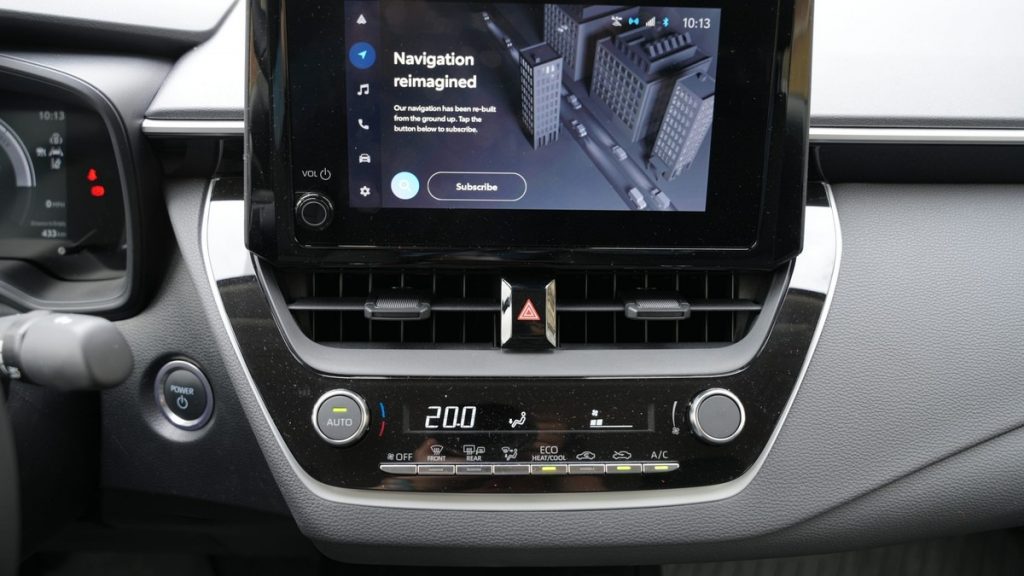With coming subscriptions, you’ll be paying monthly…or going without

Mazda in the U.S. came under fire last week when, in the words of The Drive, they “quietly ditched key fob remote start for subscription app.” We’ve been seeing a trend towards subscription services for many features of vehicles for years now — think GM’s OnStar, or SiriusXM radio. But there is a big difference between features consumers consider add-ons and those they consider part of the physical vehicle they’ve just paid a boatload of money to own. As subscription services grow, they might be asking if they actually own anything.
Subscription services controlled over-the-air
As cars become increasingly more controlled by over-the-air updates, manufacturers can likewise control how the functions of your car work — or don’t. “Tesla has started offering an “energy boost” software unlock to recent buyers of the Model Y RWD, allowing them to unlock more battery capacity – for a price,” reports Electrek.
Two years, 10 years, 10 bucks, 1,200 bucks — it all amounts to the same thing: you are buying a vehicle but you will never own all of its features. A couple of years back, Jim Farley, CEO at Ford in the U.S. noted of the BMW heated seat fiasco, that “he’d “be surprised if we charged for heated seats,” adding “I don’t think that’s our approach.” That doesn’t mean subscriptions won’t come to Ford products, though, with Farley making past comments suggesting that connected services could be a $20 billion market by 2030….”
Social media is lit up with angry drivers. John Raymond is an automotive consultant with the APA. He immediately singles out two things: are OEM navigational systems actually better than apps you have on your phone like Waze (Lorraine: no), and you can’t ignore the ease with which many can work around paying for online services (just ask paywalled news sources).
Are manufacturers advertising features as subscription services?
But more importantly, Raymond points out that, “you should not pay for features that are baked in, or deemed essential – door locking/unlocking, heated seats, and any features the consumer was told were included in a sales presentation, brochure or through the website.” He believes consumers may be interested in services that “enhance” their experience to provide something over and above the standard offering as sold, like news and entertainment programming or vehicle tracking.
APA consumer advocate George Iny sees a decades-long erosion of consumer expectations that began in the 1990s when people embraced leasing vehicles rather than buying them. “Consumers eventually accepted the idea of ‘renting’ a car than owning one outright,” he says. Leasing going mainstream produced a steady supply of newer used vehicles back to dealer lots and helped to reenergize an industry brought to the brink by a recession. Consumers paid more and thought they were getting a deal…
